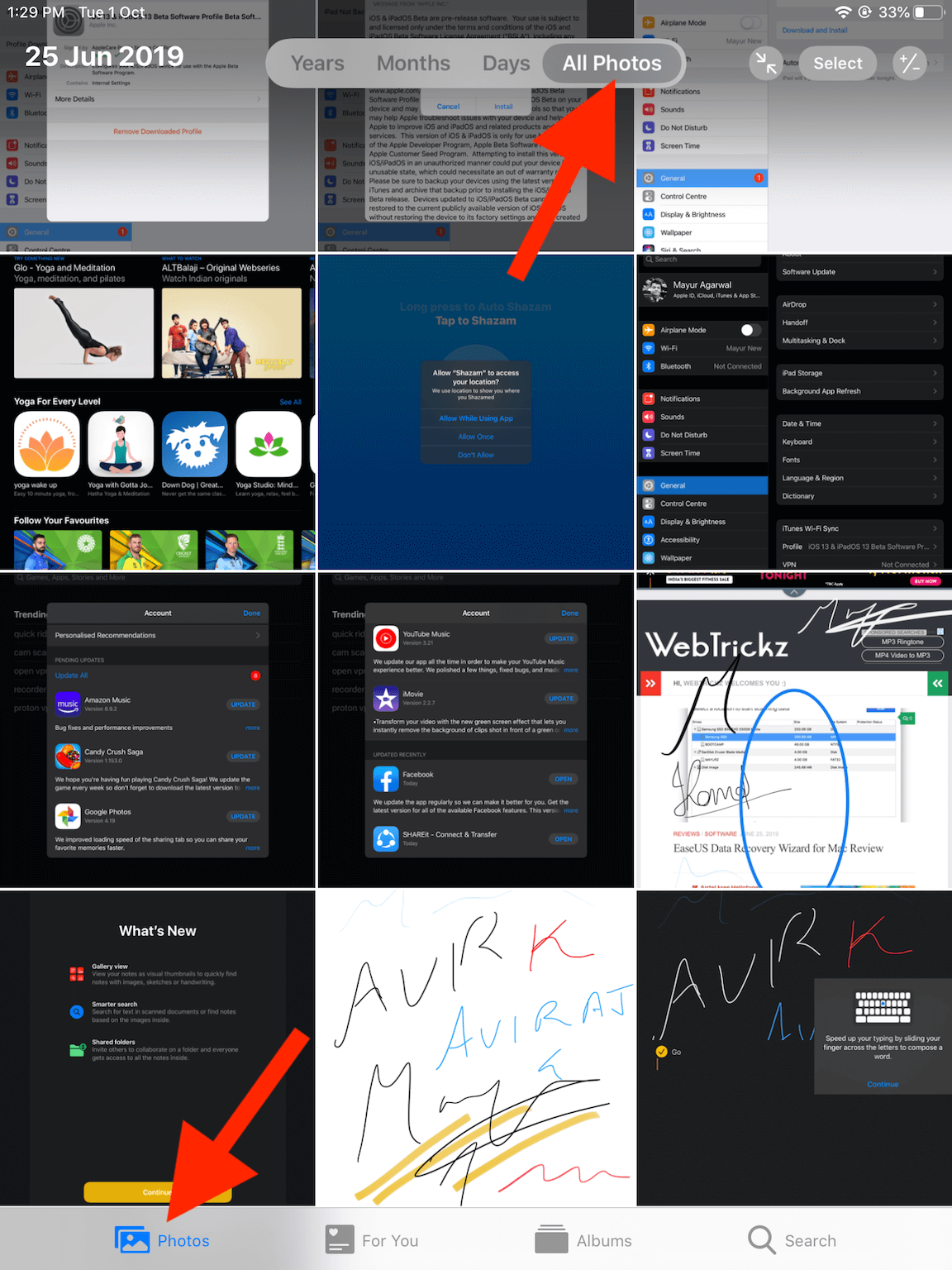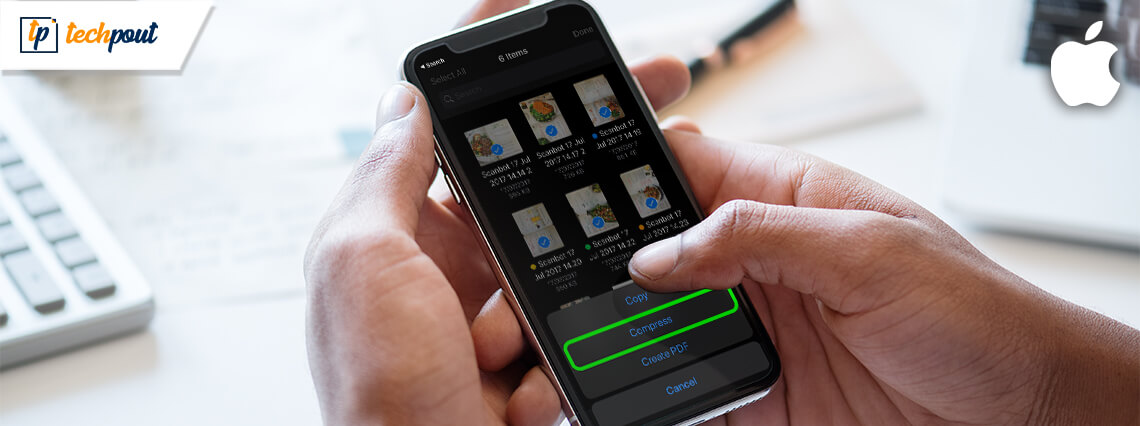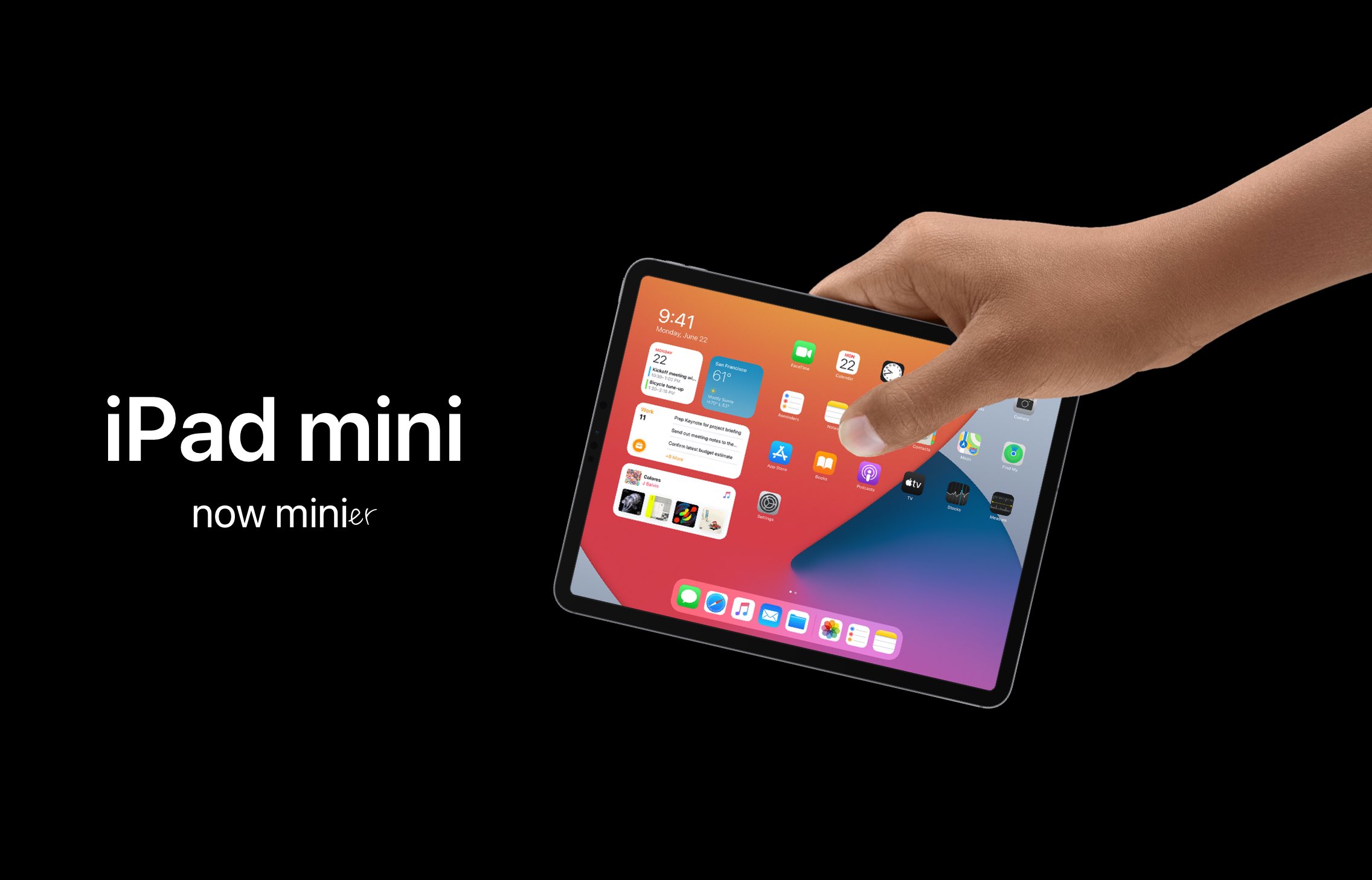
/reduce-motion-57bb51495f9b58cdfd26cd90-583449383df78c6f6addd70a.png)
The editing apps include the built-in iPhone Photos app, Snapseed, Filterstorm Neue, Enlight, VSCO, Instagram, TouchRetouch, SKRWT and Superimpose.Īll of the apps were tested using an iPhone 5s. If you’re using a different iPhone model, your results will likely vary, but the differences between the same apps should be in relative proportion to the results demonstrated here. The camera apps that we tested include the native iPhone Camera app, Camera+, ProCamera 8, Hipstamatic and PureShot. Even if you don’t see your favorite apps listed here, the principles of checking image quality will likely apply to them as well. This selection will clearly demonstrate the wide variation of image quality that’s found in iPhone photo apps. While we can’t test every app on the market, we’ve tested a selection of the most popular camera and editing apps. While this results in much larger file sizes that take up more storage space on your iPhone, the quality of the images will be better. The great thing about TIFF files is that they’re not compressed like a JPEG is (or if it is compressed it doesn’t lose its quality). However, some apps also allow you to save in TIFF format, and even some other kinds of image format.

Most apps save images in JPG format, which is the most common file format for digital photos. Note that the smaller the file size in megabytes (MB), the more compression has been applied. When you look at the results of our tests in this article, you’ll discover that the amount of compression can vary considerably between apps. If the image has a high amount of compression, it can result in a poor quality photo that looks fuzzy or “blocky,” especially when viewed or printed at large sizes. While this is a good thing in terms of storage, the more an image is compressed, the more data is lost from the original image. This allows you to fit more photos on your phone without running out of storage space. When a photo is saved on your phone, either at the time of shooting or after editing, most apps compress the image to make the file size smaller. The other thing to consider is the more pixels an image contains, the more storage space (megabytes) it will use up on your phone.
HOW TO COMPRESS PICTURES ON AN IPAD PLUS
The iPhone 4s, 5, 5s, 6 and 6 Plus all have 8MP cameras, whereas the new iPhone 6s and 6s Plus have 12MP cameras. Therefore, it’s best to use an app that saves the image with the highest number of pixels possible.īear in mind that the camera sensors in different iPhone models allow for different maximum megapixel counts. The more pixels an image contains, the bigger it can be viewed and printed at high quality. 8 million pixels, otherwise know as 8 megapixels (MP). If you multiply these two numbers you get the total pixel count of the image, e.g.

Resolution refers to the number of pixels in the image, e.g. So let’s take a look at three important factors that affect the size and quality of your images when you shoot and edit photos on your iPhone.

The aim of this article is not to provide highly-technical explanations as to why these differences occur, but it will help if you have a basic understanding of what happens when you save an image on your iPhone. When you save a photo on your iPhone, either at the time of shooting or after editing, the app you’re using determines several factors that affect image size and quality. In this tutorial you’ll discover how these apps performed, including detailed comparison charts to help you choose the best apps for your needs. So how do you know which apps will produce the highest quality images? To find out, we’ve put some of the most popular iPhone photography apps to the test. Did you know that certain iPhone photography apps produce larger and better quality images than others? While you might not notice the difference in quality on the small screen of your iPhone, it can become much more obvious on a larger screen or when printing your images.


 0 kommentar(er)
0 kommentar(er)
